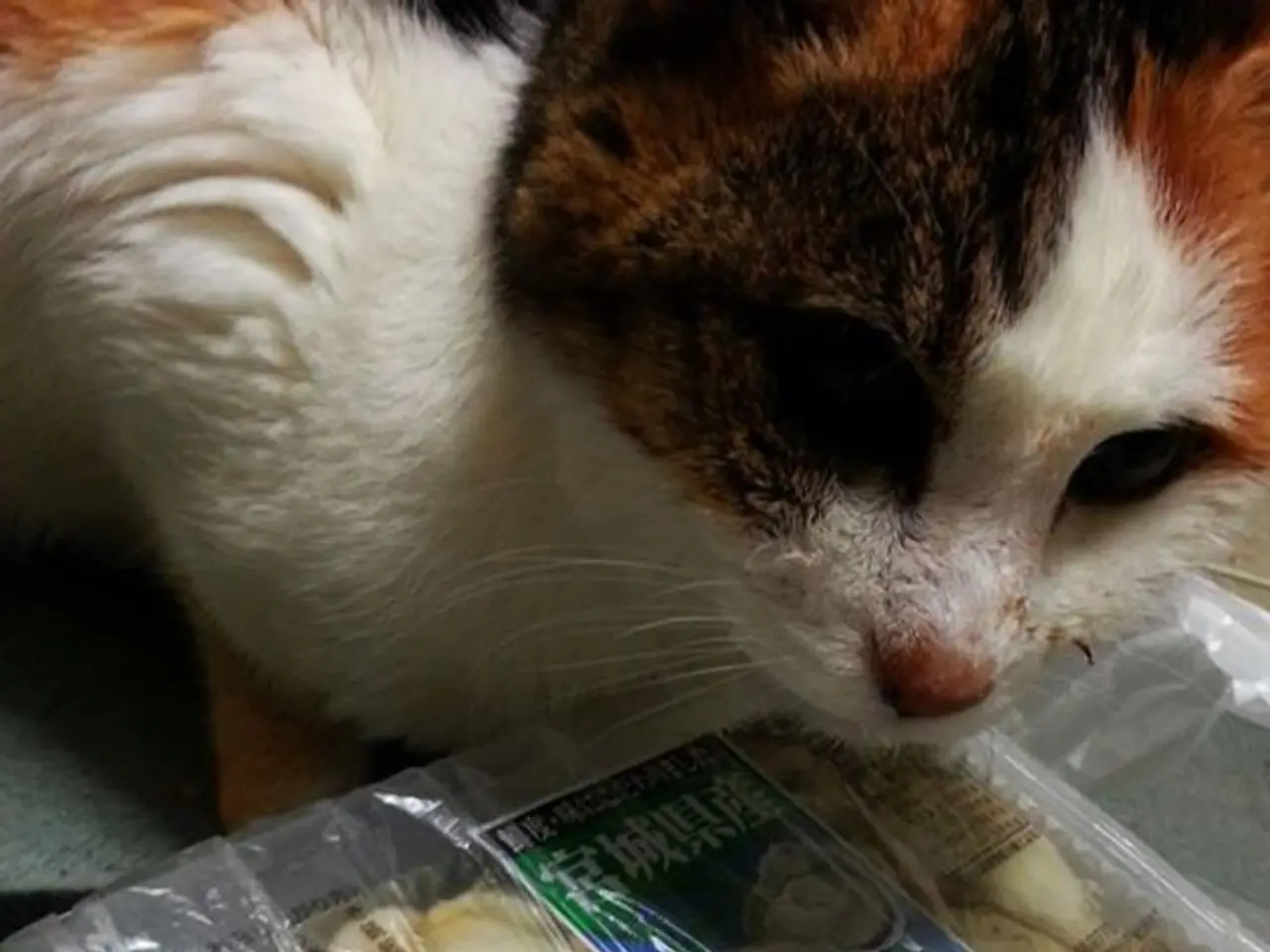Cat Psychologist Shares Insights: Cats Thrive on Meat, Avoid These Ingredients
Cat owners, take note! A certified cat behavior psychologist, Saba Sayyed, also known as A Cat Psychologist, shares insights on feline nutrition. Cats can enjoy dog treats, but their diet should primarily consist of meat from smaller animals, mirroring their natural prey.
Cats thrive on a variety of meats, which helps prevent health issues and deficiencies. For raw food diets, a balance of 80% muscle meat, 10% bones, and 10% offal is recommended. Ensure cat food is free from preservatives, coloring agents, rice, corn, and soy, and contains essential amino acids like taurine and thiamine. Wet food should be served 2-3 times a day, with less than a handful of dry food or treats per day. When selecting cat food, prioritize high-quality proteins like chicken, fish, or beef, and include organ meats for variety. Brands like Orijen, Acana, Stella & Chewy's, and Primal Pet Foods are known for their high meat content and low bone ratio. Always consider your cat's individual needs and consult a vet for personalized advice.
In conclusion, cats benefit from a diet rich in meat from smaller animals, with a variety of meats and a balance of muscle meat, bones, and offal in raw food diets. High-quality cat food should be free from certain ingredients and contain essential amino acids. Feeding guidelines and reputable brands can help cat parents make informed decisions about their pets' nutrition.
Read also:
- Is it advisable to utilize your personal health insurance in a publicly-funded medical facility?
- Dietary strategies for IBS elimination: Aims and execution methods
- Benefits, suitable dosage, and safety considerations for utilizing pumpkin seed oil in treating an overactive bladder
- Harmful Medical Remedies: A Misguided Approach to Healing




